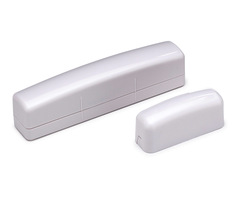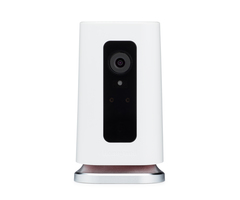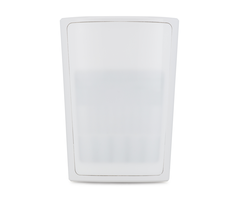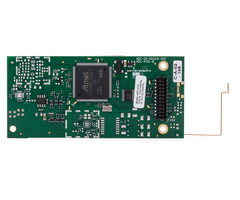When will 5G Communicators be Available for Security Systems?
Posted By Michael GorisMany people are very excited about 5G communication and what it will mean for the security industry. But users should keep in mind it may take awhile before this vision becomes a reality. We suspect that no 5G communicators for alarm systems will become available until at least 2020.
Even once 5G service is rolled out across the country and offered from cellular service providers, it does not mean that alarm systems will gain 5G functionality overnight. As you may know, a security system needs a cellular communicator to connect to a cellular network. This communicator determines which cellular network the system will access. In order for an alarm panel to connect with any given 5G network it will need a communicator that allows it to access the network. Until one of these communicators is released, security panels will have no way of connecting with 5G networks.
Historically, the release of new cellular communicators by alarm manufactures has not been an immediate process. It's fair to expect that it will take some time after the rollout of 5G for any 5G communicators to become available. In fact, there are still LTE communicators that have yet to be released for alarm systems. And LTE has been out for quite some time now. At this time, we have not received word from any alarm manufacturer on plans to release a 5G communicator for any system. And we don't expect to receive this type of news for quite some time.
Right now, we're in late 2018. Cellular service providers are only now just starting to test 5G networks in select areas. There certainly won't be any sort of nationwide 5G service until late next year at the earliest. And many cellular service providers may even wait until 2020 to rollout their networks. Of course, various 5G-compatible smartphones will be made available for these releases. But 5G communicators for alarm systems will be a lower priority. Most likely, one manufacturer will get on the ball and announce a 5G communicator. However, it probably wouldn't hit the market until at least 2020. That being said, this is only our prediction, and many things can change between now and then.
And even once a 5G module is released, it won't mean that every alarm system can suddenly use 5G communication. There will most likely only be 5G communicators made available for a very select number of alarm systems at first. We assume that the newer and most advanced systems will get priority, and it will probably be awhile before 5G communicators become available for older models. And it's fair to assume that some systems may never receive a 5G communicator, and they will only have LTE service available as their fastest cellular communication. This is fine though, as cellular service providers have repeatedly stated that their LTE networks will be supported well into the distant future.
So while 5G technology might be eagerly anticipated by the security industry, end users should not get their hopes up for any regularly used 5G communicators until 2020 or 2021. Of course, Alarm Grid will keep you up to date as we learn more about 5G networks and what customers can expect. For now, we'll keep looking forward to this exciting new technology.





 The 5820L provides the same function as virtually any
The 5820L provides the same function as virtually any  A home security camera is exactly what it sounds like. It is a camera that captures footage inside the home for security purposes. Sure, you might capture some cute and heartwarming moments of your family on your security camera from time to time. But their real purpose is to keep you and your loved ones safe. In the previous scenario, a single camera could have provided police with a detailed physical description of the intruder. This can eventually lead to the arrest and conviction of the guilty party. Thanks to your camera, the police managed to take a dangerous criminal off the street, and your area is now safer as a result.
A home security camera is exactly what it sounds like. It is a camera that captures footage inside the home for security purposes. Sure, you might capture some cute and heartwarming moments of your family on your security camera from time to time. But their real purpose is to keep you and your loved ones safe. In the previous scenario, a single camera could have provided police with a detailed physical description of the intruder. This can eventually lead to the arrest and conviction of the guilty party. Thanks to your camera, the police managed to take a dangerous criminal off the street, and your area is now safer as a result. But there's another important reason to get security cameras for your home. Not every bad guy breaks into the home. As scary as it sounds, many burglars, vandals and even sex criminals works right under the nose of the homeowner. They can operate under the guise of a repair person or a cleaner or any trusted individual. Once inside, they can rob you of your belongings or perform disgusting acts that can leave you speechless. Just a few days ago,
But there's another important reason to get security cameras for your home. Not every bad guy breaks into the home. As scary as it sounds, many burglars, vandals and even sex criminals works right under the nose of the homeowner. They can operate under the guise of a repair person or a cleaner or any trusted individual. Once inside, they can rob you of your belongings or perform disgusting acts that can leave you speechless. Just a few days ago, 




